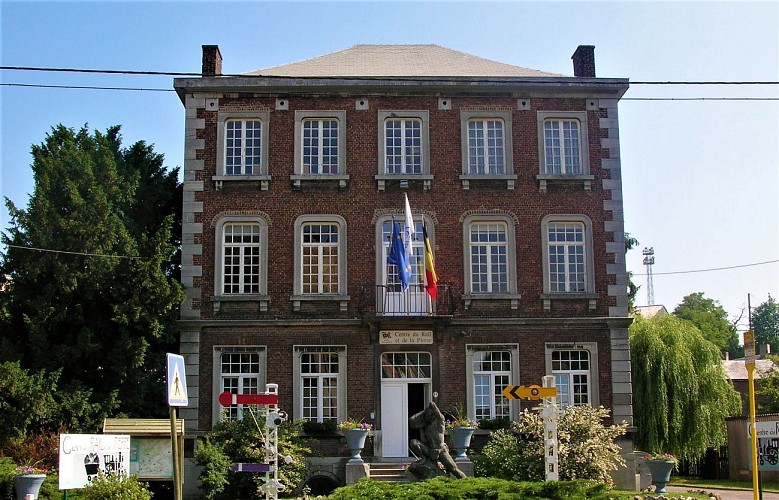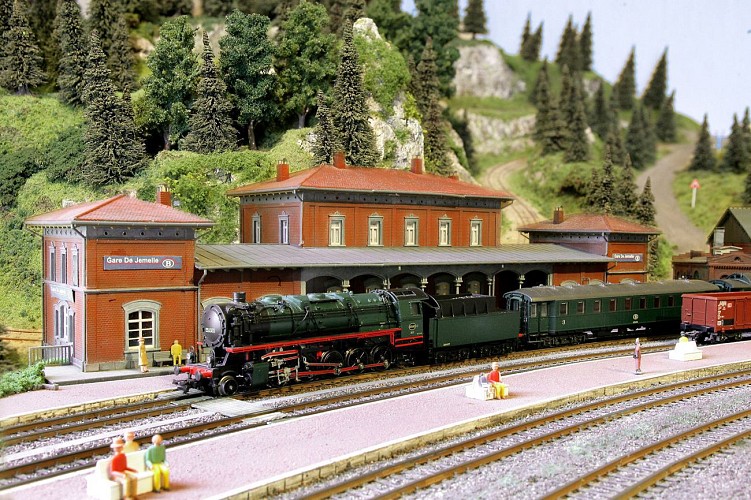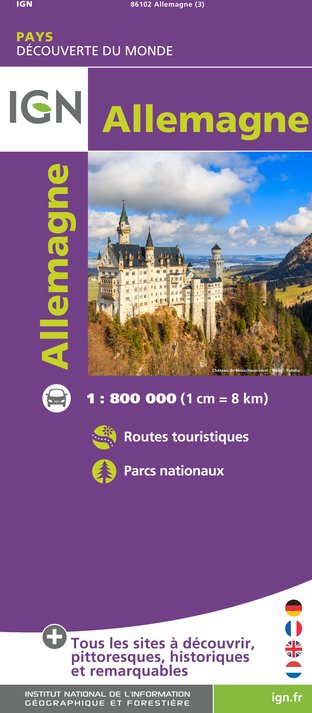Alert
Alerts
Rail and Stone Center



Description
The railway, along with limestone quarrying, both played a part in Jemelle’s rise to prosperity towards
the turn of the 19th century. Midway between Brussels and Luxembourg, Jemelle became a nerve centre for rail equipment servicing and maintenance, and attracted large numbers of workers during the first half of the 20th century. This prosperity also had its downside, however. During the Second World War, on 10 May 1940, Jemelle was also the first railway station to be bombed. It was to honour the memory of the region’s railways that the non-profit organisation “Fous du Rail” succeeded in 2000 in transforming the former civic centre into Centre for Rail and Stone (Centre du Rail et de la Pierre), a museum extending over three floors, containing an outstanding collection of tools and objects from the heyday of rail.
Technical Information
Altimetric profile
Additional information
Good plan: Rail and Stone Center
Open daily except Friday from 1 April to 31 October, from 1 pm to 5 pm. The Centre retraces the history of the railway, the organisation of Belgium’s railways, and even the design and mechanics of the rolling stock of the period, as well as a fascinating insight into the various jobs and professions involved in operating the railways. A special area is set aside for the Compagnie Internationale des Wagons-lits, including a life-sized carriage complete with all the fine marquetry work, and the silverware and fine china enjoyed by passengers on these iconic trains. In the basement of the building, another area is dedicated to the railway workers’ Resistance movement during the Second World War, recording how the workers
sabotaged and disrupted the invader’s plans. Yet another area is set aside for the region’s other main economic resource: its geology. This section focuses on how limestone is extracted and the process of manufacturing quicklime and its derivatives. The local geology is represented in a collection of rocks, fossils and minerals.
IGN cards





Data author
